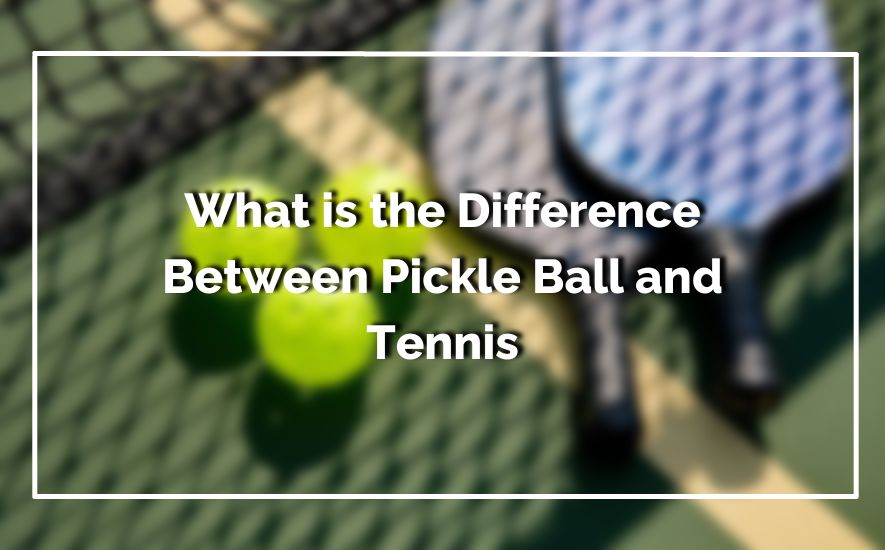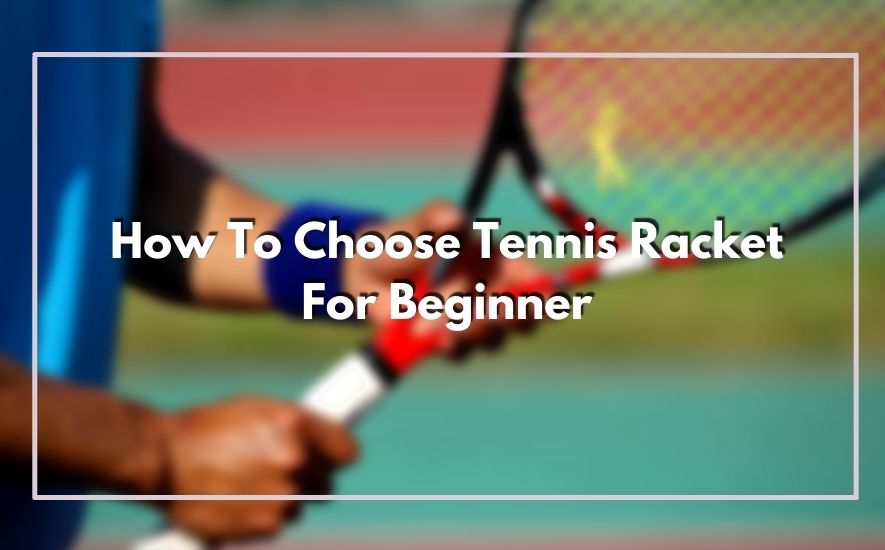Sports have a remarkable way of bringing people together, and among the diverse array of games, both pickleball and tennis stand out as popular choices. These two racquet sports share similarities, yet they possess distinct characteristics that set them apart. From the size of the court to the equipment used, understanding the differences between pickleball and tennis provides insights into the unique dynamics of each game.
What is the Difference Between Pickle Ball and Tennis? Pickleball and tennis are both racquet sports with similarities, yet key differences. Pickleball has a smaller court, uses a whiffle ball, and is often played in doubles. Tennis has a larger court, uses a regular tennis ball, and can be played in singles or doubles. The equipment and rules vary, offering distinct experiences for players of each sport.
Whether you’re a sports enthusiast curious about the distinctions or someone considering which sport to pick up, exploring the contrasting elements of pickleball and tennis unveils the diverse options available for those seeking an enjoyable and engaging racquet-based activity.
Also Read: How To Choose Tennis Racket For Beginner
Table of Contents
Pickleball Equipment Is Lightweight Compared to Tennis
Paddle Weight: A Noticeable Contrast
In pickleball, players use a paddle that is notably lighter than the tennis racket. The paddle’s reduced weight allows for quick maneuverability and ease of control, which suits the nature of the game that is played on a smaller court.
Ball Characteristics: Impact on Equipment Weight
The difference in ball characteristics also contributes to the lightweight equipment in pickleball. Pickleballs are designed with holes, resembling a whiffle ball, making them lighter than the solid tennis ball used in tennis. This affects the overall demands placed on the equipment during play.
Impact on Gameplay: Agility and Precision
The lightweight pickleball equipment aligns with the agility and precision required in the game. Players can swiftly move the paddle, respond to shots, and make accurate shots due to the manageable weight of the equipment, enhancing the overall gameplay experience.
Reduced Strain: Easier for All Ages
The lightweight nature of pickleball equipment makes it accessible to players of various ages and fitness levels. This is particularly appealing for beginners and individuals seeking a less physically demanding but equally engaging racquet sport.
Transport and Storage: Convenience Matters
The lightweight equipment adds to the convenience of playing pickleball. It’s easier to transport, store, and handle the paddles, especially when compared to the bulkier and heavier tennis rackets.
Rules of Pickleball and Tennis
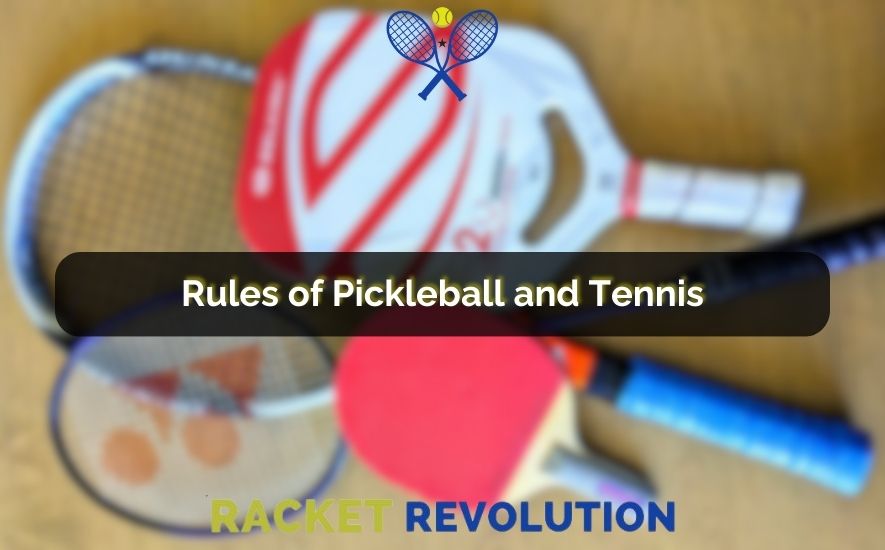
Equipment and Scoring:
Pickleball utilizes paddles and a whiffle ball, with a unique underhand serve. Scoring is simpler, with points awarded only to the serving side. In tennis, players use rackets and a traditional tennis ball, serving overhand. The scoring system in tennis involves a more intricate sequence of points, games, and sets.
Serving Mechanics:
In pickleball, the serve must be underhand, and the ball must bounce once before being hit. In tennis, the serve is typically overhand, and the ball is struck without a bounce. These differing serving mechanics affect the pace and style of play in each sport.
Double Bounce Rule:
A notable rule in pickleball is the double bounce rule, which states that each team must allow the ball to bounce once on each side before volleys can be played. In tennis, there is no such double bounce rule, allowing for quicker exchanges at the net.
Court Coverage and Strategies:
Due to the differences in court size and bounce rules, the strategies employed in pickleball and tennis differ. Pickleball tends to involve more volley exchanges, requiring players to cover the net effectively. Tennis often involves a mix of baseline rallies and net play, with players covering a larger court area.
Pickleball Courts Are Smaller Than Tennis Courts
Pickleball Court Dimensions: Compact and Focused
Pickleball courts are notably smaller than tennis courts, designed to fit the nature of the game. A standard pickleball court measures 20 feet wide and 44 feet long for doubles play, and the dimensions slightly adjust for singles play. The compact court size encourages quicker exchanges and demands players to remain agile at the net.
Tennis Court Dimensions: Expansive and Varied
Tennis courts, in contrast, offer a larger playing area. The dimensions for a singles tennis court are 27 feet wide and 78 feet long, while doubles courts are 36 feet wide. The extended court size accommodates the longer rallies and baseline exchanges that characterize tennis gameplay.
Impact on Movement and Strategy:
The smaller pickleball court necessitates players to cover less ground compared to the larger tennis court. This results in faster-paced rallies and more net-focused strategies in pickleball. In tennis, players have to cover a greater area, leading to a mix of baseline rallies and net play.
Accessibility and Appeal:
The compact size of pickleball courts offers advantages in terms of accessibility. Players of varying ages and fitness levels can comfortably navigate the court, making pickleball an appealing option for a wider demographic.
Pace and Engagement:
The smaller pickleball court contributes to a higher level of engagement between players. Quicker rallies and shorter distances between opponents encourage intense back-and-forth interactions that keep players on their toes.
Safety Considerations for Pickleball and Tennis
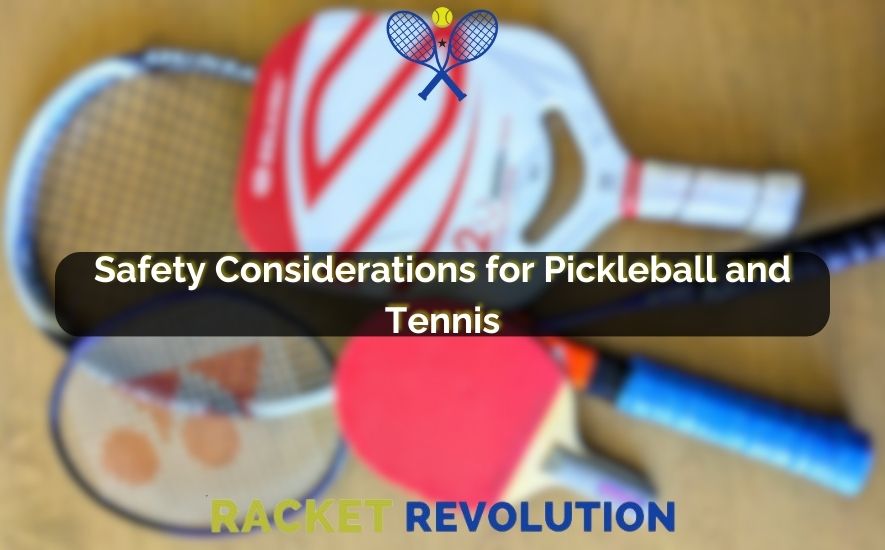
Court Surface and Footwear: Solid Footing
The condition of the court surface matters for both sports. Proper maintenance helps prevent slips and falls. Additionally, wearing appropriate footwear with good grip is crucial to avoid accidents caused by unstable footing.
Warm-up and Stretching: Preparing the Body
A proper warm-up routine and stretching before playing significantly reduce the risk of strains, sprains, and muscle injuries. Engaging in gentle warm-up exercises helps prepare the body for the physical demands of the game.
Equipment Fit and Protection: Right Gear Matters
Ensuring that equipment like paddles or rackets are appropriately sized and comfortable to handle can prevent undue strain. In tennis, wearing protective gear like wristbands and proper tennis shoes can safeguard against common injuries.
Hydration and Rest: Vital to Performance
Staying hydrated during play is crucial for maintaining focus and avoiding fatigue, cramps, and heat-related issues. Taking breaks to rest when needed allows players to recharge and prevents overexertion.
Communication and Sportsmanship: Respectful Play
Clear communication among players during the game is essential to avoid collisions or misunderstandings. Exhibiting good sportsmanship fosters a safe and respectful environment, ensuring everyone’s well-being.
Must Read For More Information: How To Clean A Tennis Ball
Physical Demands of Pickleball and Tennis
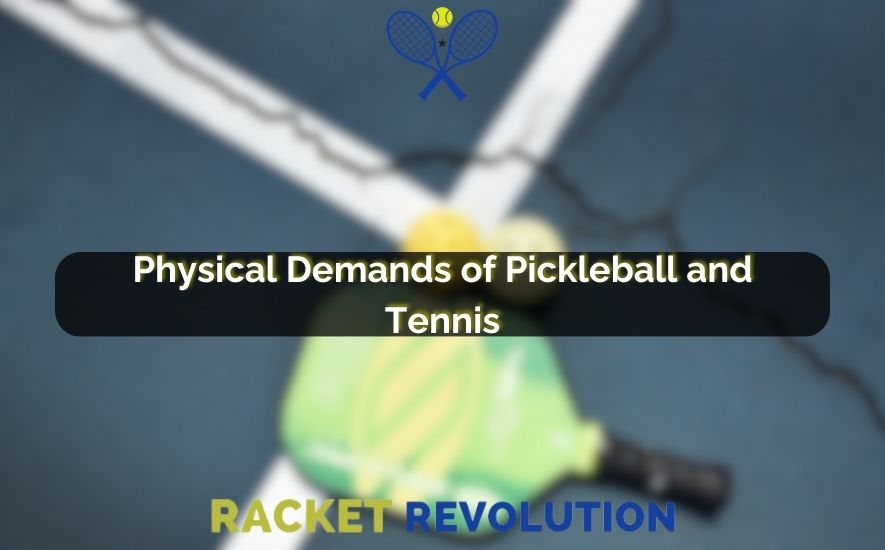
Dynamic Movements and Footwork:
Both pickleball and tennis require quick movements and precise footwork. In pickleball, players dart to and from the net, responding to close-range shots. In tennis, the back-and-forth rallies demand covering a larger court area, combining baseline and net movements.
Cardiovascular Endurance:
The continuous movement in both sports challenges cardiovascular endurance. The sprinting, lateral movements, and fast-paced exchanges elevate heart rates, improving overall cardiovascular fitness.
Upper Body Strength and Agility:
Pickleball involves repetitive arm motions for swings and serves. Tennis requires powerful swings and serves, engaging muscles in the upper body. The agility needed for net play in both sports engages core muscles.
Lower Body Strength and Coordination:
Tennis demands lower body strength for strong baseline shots and quick movements. Pickleball’s emphasis on net play involves lunging, squatting, and pivoting, which challenge lower body strength and coordination.
Mental Focus and Strategy:
Physical demands are intertwined with mental challenges. Players must strategize, anticipate opponents’ moves, and maintain focus during the game. Mental agility complements the physical aspects, enhancing gameplay.
Conclusion
In the world of racquet sports, pickleball and tennis stand out with their distinct charms. While both involve a ball, a net, and a competitive spirit, their differences paint a unique canvas. Pickleball boasts a compact court, encouraging quick exchanges at the net, while tennis embraces a larger arena for dynamic baseline rallies.
The equipment, rules, and strategies diverge, showcasing their individual flavors. Yet, whether you’re drawn to pickleball’s agility or tennis’s expansive play, both sports offer a thrilling experience. Embracing their disparities adds richness to the tapestry of sports, catering to players’ varied tastes and preferences.
Frequently Asked Questions (What is the Difference Between Pickle Ball and Tennis)
Why do people like pickleball more than tennis?
People are drawn to pickleball for various reasons. Its smaller court and slower pace make it more accessible, especially for beginners or those with limited mobility. The game’s emphasis on quick, close-range exchanges at the net fosters engaging interactions. Additionally, pickleball’s friendly and social atmosphere appeals to players seeking a fun and relaxed environment.
What is pickleball the same as tennis?
While pickleball and tennis share similarities, they also have notable differences. Both involve using a racquet and a ball to hit over a net. However, pickleball’s smaller court size and underhand serve differentiate it from tennis. Pickleball also promotes net-focused play, creating quicker exchanges, while tennis features longer baseline rallies and a larger court area.
Why do they call the game pickleball?
The origin of the name “pickleball” has intriguing stories. Some believe it’s named after a family dog named Pickles who chased after the ball, while others suggest it originated from a nautical term for a small boat that gathers leftover nets and lines – akin to the varied equipment used in the game. The exact origin remains debated, but the name’s uniqueness adds to the sport’s charm.
Is ping-pong and pickleball the same thing?
Ping-pong, also known as table tennis, and pickleball are not the same. While both are paddle sports, they differ in terms of equipment, court size, and rules. Ping-pong is played on a small table with a lightweight ball, while pickleball is played on a larger court with a solid ball and unique rules. Each sport offers its own set of challenges and gameplay dynamics.

